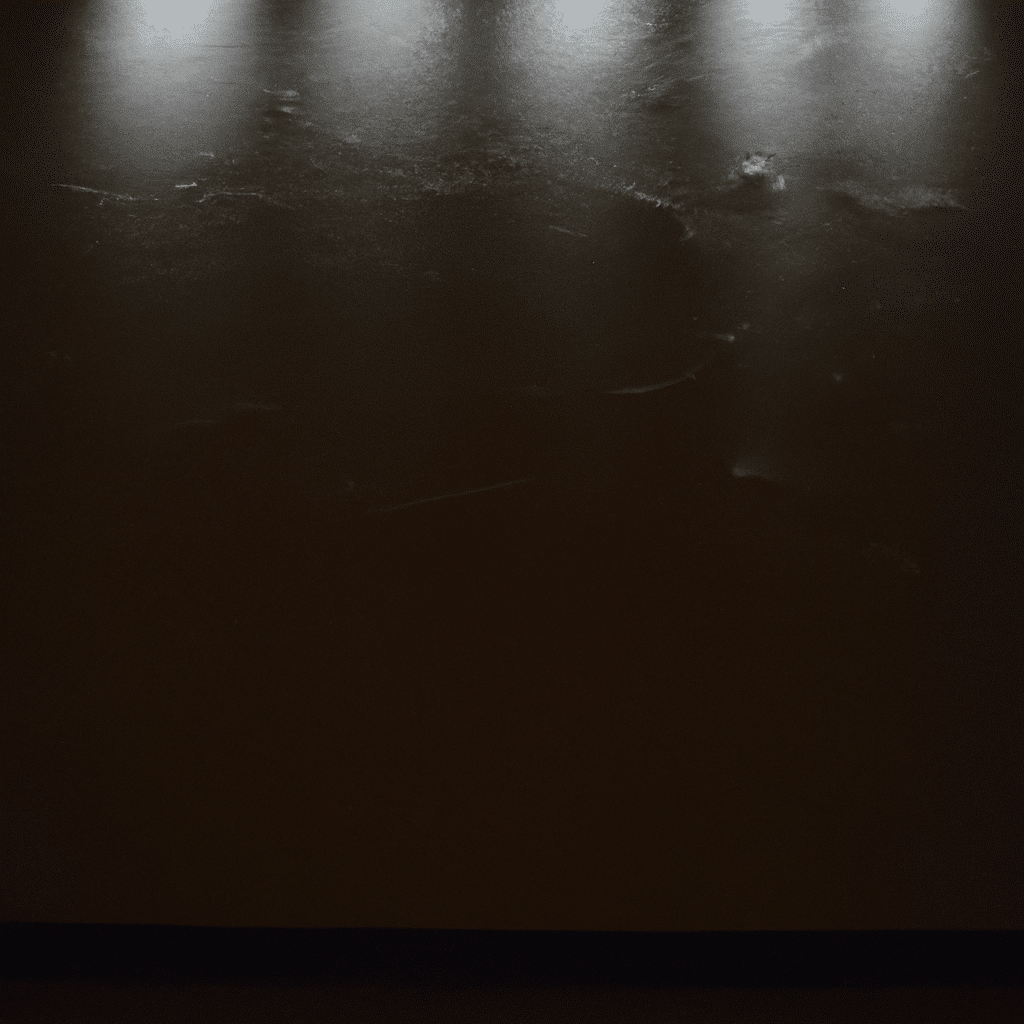In today’s fast-paced world, where productivity is highly valued, finding ways to improve focus and efficiency has become essential. While many factors contribute to productivity, one often overlooked aspect is lighting. Yes, you read that right – lighting can have a significant impact on your productivity levels. In this article, we will explore the hidden link between lighting and productivity, and discover how you can boost your focus with the right illumination.
The Science Behind Lighting and Productivity
Before we delve into the effects of lighting on productivity, let’s understand the science behind it. Our bodies have an internal clock known as the circadian rhythm, which regulates our sleep-wake cycle and influences various biological processes. This internal clock is primarily influenced by natural light cues. Exposure to bright light during the day helps keep our circadian rhythm in sync, promoting alertness and focus.
On the other hand, inadequate or improper lighting can disrupt our circadian rhythm, leading to decreased productivity, fatigue, and even mood disorders. The color temperature and intensity of light play crucial roles in regulating our internal clock and affecting our cognitive performance.
Natural Light: The Gold Standard
When it comes to lighting, nothing can beat the power of natural light. Sunlight provides a full spectrum of colors, including blue light, which is important for alertness and cognitive function. Numerous studies have shown that exposure to natural light can improve mood, increase productivity, and enhance overall well-being.
If possible, position your workspace near a window to maximize your exposure to natural light. Alternatively, consider using light fixtures that mimic natural light, such as full-spectrum LED bulbs or daylight simulation lamps. These options can help create an environment that promotes productivity and focus.
The Role of Color Temperature
Color temperature refers to the warmth or coolness of light, measured in Kelvin (K). Different color temperatures have varying effects on our mood, energy levels, and cognitive performance.
Cool White Light for Focus
Cool white light, with a higher color temperature (5000K-6500K), is known for its energizing and stimulating effects. It mimics natural daylight and is often used in workplaces to enhance alertness and concentration. Research has found that cool white light can improve cognitive performance, increase accuracy, and reduce errors.
Consider using cool white LED bulbs or fluorescent lights in your workspace, especially in areas where tasks requiring high levels of concentration are performed, such as reading, writing, or analyzing data. This type of lighting can help you stay focused and attentive throughout the day.
Warm White Light for Relaxation
While cool white light is ideal for tasks that require focus, warm white light with a lower color temperature (2700K-3500K) is more suitable for relaxation and winding down. It creates a cozy and calming atmosphere, making it perfect for areas where you want to promote relaxation or social interaction, such as break rooms or lounges.
By incorporating warm white lighting in designated areas, you can create a balanced environment that supports both productivity and relaxation, allowing your mind to recharge during breaks.
The Importance of Lighting Design
Apart from color temperature, the overall lighting design of your workspace also plays a crucial role in enhancing productivity. Here are some key considerations:
Proper Illumination Levels
Insufficient lighting can strain your eyes and lead to decreased productivity. On the other hand, excessive lighting can cause glare and discomfort. Finding the right balance is key. Aim for uniform lighting throughout your workspace, ensuring that all areas are adequately illuminated. Dim areas can cause eyestrain, while overly bright areas can be distracting.
Task Lighting for Specific Activities
Different tasks require different levels of lighting. Consider incorporating task lighting, such as desk lamps or adjustable lights, to provide focused illumination for specific activities. This helps reduce eye fatigue and enhances task performance. Adjustable lighting fixtures also allow you to customize the lighting based on your preferences and the nature of your work.
Control Over Lighting
Having control over the lighting in your workspace is essential for optimal productivity. Install dimmers or light control systems that allow you to adjust the intensity of the lighting based on your needs and the time of day. This flexibility enables you to create a comfortable and productive environment throughout the day.
Conclusion
In conclusion, lighting has a profound impact on our productivity and overall well-being. By understanding the science behind lighting and incorporating the right illumination in our workspaces, we can enhance focus, reduce fatigue, and boost productivity. Natural light, color temperature, and thoughtful lighting design all contribute to creating an environment that supports our cognitive performance.
Remember, finding the ideal lighting setup may require some experimentation and adjustments based on your specific needs and preferences. By prioritizing lighting as an essential aspect of your workspace, you can harness its power to unlock your full potential and achieve greater productivity. So, let there be light – the right light – and watch your focus soar to new heights.



